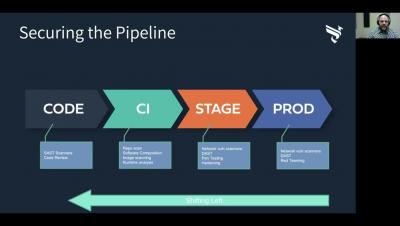Collecting Data and Making Data-Driven Decisions From Day One
Defining a product is one of the most essential missions of a company. As a product manager in a startup, this is the hardest and most valuable task. In this post, I want to highlight the importance of having data as your best friend from the start, and how it can be collected in the early days of a startup.








